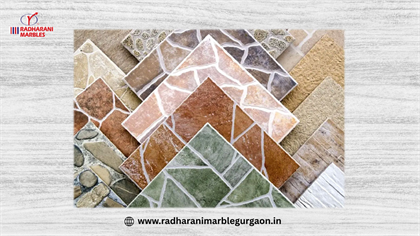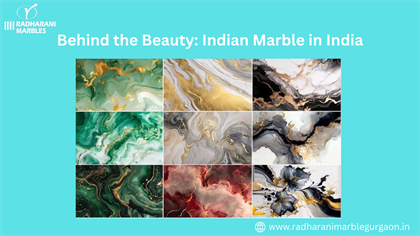
Summary
The demand for high-quality marble is ever-growing in Indian architecture and interior design. However, with rising popularity comes the risk of imitation. Identifying genuine imported marble is crucial for making a worthwhile investment. This guide helps homeowners, architects, and builders recognize authentic imported marble and avoid costly mistakes.
Keyword (Top): Choosing imported marble in India requires careful attention to quality, authenticity, and supplier reputation.
Introduction
Imported marble is synonymous with luxury, elegance, and timeless beauty. Its unique patterns, colors, and textures make it a favorite in upscale homes, hotels, and commercial spaces. But with increased demand, the market has also seen a rise in fake or low-quality alternatives. Whether you’re redesigning your home or sourcing marble for a project, knowing how to spot genuine imported marble is essential.
Characteristics of Genuine Imported Marble
1. Unique Veining and Patterns
Authentic imported marble has natural veining that cannot be replicated by machines or artificially created stones. These veins are random and unique in each slab, offering an organic and natural look. Counterfeit marble may have repetitive patterns or overly symmetrical designs, a clear sign of artificial production.
2. Smooth and Cool Surface
Real marble feels cool to the touch and has a naturally smooth texture. When you place your hand on genuine marble, it maintains a cool temperature due to its thermal properties. Engineered or fake marble often feels warmer and less dense.
3. Water Absorption Test
Imported marble is slightly porous, but high-quality ones absorb minimal water. You can perform a quick test by dropping a few drops of water on the surface. If the water is absorbed too quickly or leaves a dark patch, the marble might be of inferior quality or not marble at all.
How to Physically Inspect Marble Before Purchase
1. Check the Thickness and Finish
Genuine imported marble usually comes in standard thicknesses, commonly 18mm or 20mm. Check the edges for consistent thickness. Also, inspect the finish—authentic marble has a clean polish, whereas fake ones may appear too glossy or have an unnatural shine.
2. Look for Cracks and Fillings
Natural marble may have occasional fissures, but it should not have visible cracks filled with resin. If you notice excessive filling or patchwork, the slab may be of substandard quality or repaired artificially.
Ask the Right Questions
When dealing with suppliers or retailers, asking the right questions can save you from buying fake products:
What is the origin of this marble?
Do you have documentation or certification proving it is imported?
Can I see the entire slab before cutting?
What guarantees do you offer about authenticity?
Asking these questions will help ensure you are investing in genuine stone and not falling for polished imitations. A reputable marble in India supplier will always provide transparency and clarity.
Verify the Supplier’s Credentials
A trustworthy dealer is as important as the product itself. Always research your supplier before making a purchase:
Reputation: Look for reviews, testimonials, and project history.
Experience: Established suppliers with years of experience are less likely to sell counterfeit materials.
Certifications: Check if the supplier offers quality certificates and import documentation.
Common Pitfalls to Avoid
Buying Without Seeing the Slab: Never purchase marble based on a small sample.
Ignoring Installation Costs: Some low-cost marble may be expensive to install due to poor quality.
Not Checking Warranty or Return Policy: Genuine dealers will usually provide a clear return or exchange policy.
Conclusion
Imported marble adds a touch of sophistication and elegance to any space, but only when it’s authentic. Being aware of the physical characteristics, doing a proper inspection, and choosing the right supplier are key to ensuring the marble you purchase is genuine.
Keyword (Bottom): Working with a trusted imported marble supplier in India ensures that you receive authentic products with complete transparency and professional guidance.
Frequently Asked Questions (FAQ)
Q1: Can imported marble be used for kitchen countertops?
Yes, but it requires proper sealing and maintenance since marble is naturally porous and can stain if not cared for.
Q2: Is imported marble more durable than Indian marble?
Durability depends on the specific type and quality. Some imported marbles like Italian Carrara are known for their strength and beauty, but Indian marbles like Makrana are also highly durable.
Q3: What is the price difference between imported and Indian marble?
Imported marble is generally more expensive due to shipping, taxes, and premium quality. It can cost 2 to 3 times more than local varieties.
Q4: How can I verify the origin of imported marble?
Ask the supplier for import documents, certifications, and product labels indicating the country of origin.
Q5: Does imported marble need special maintenance?
Yes. It should be sealed periodically and cleaned using pH-neutral cleaners to preserve its shine and durability.

















